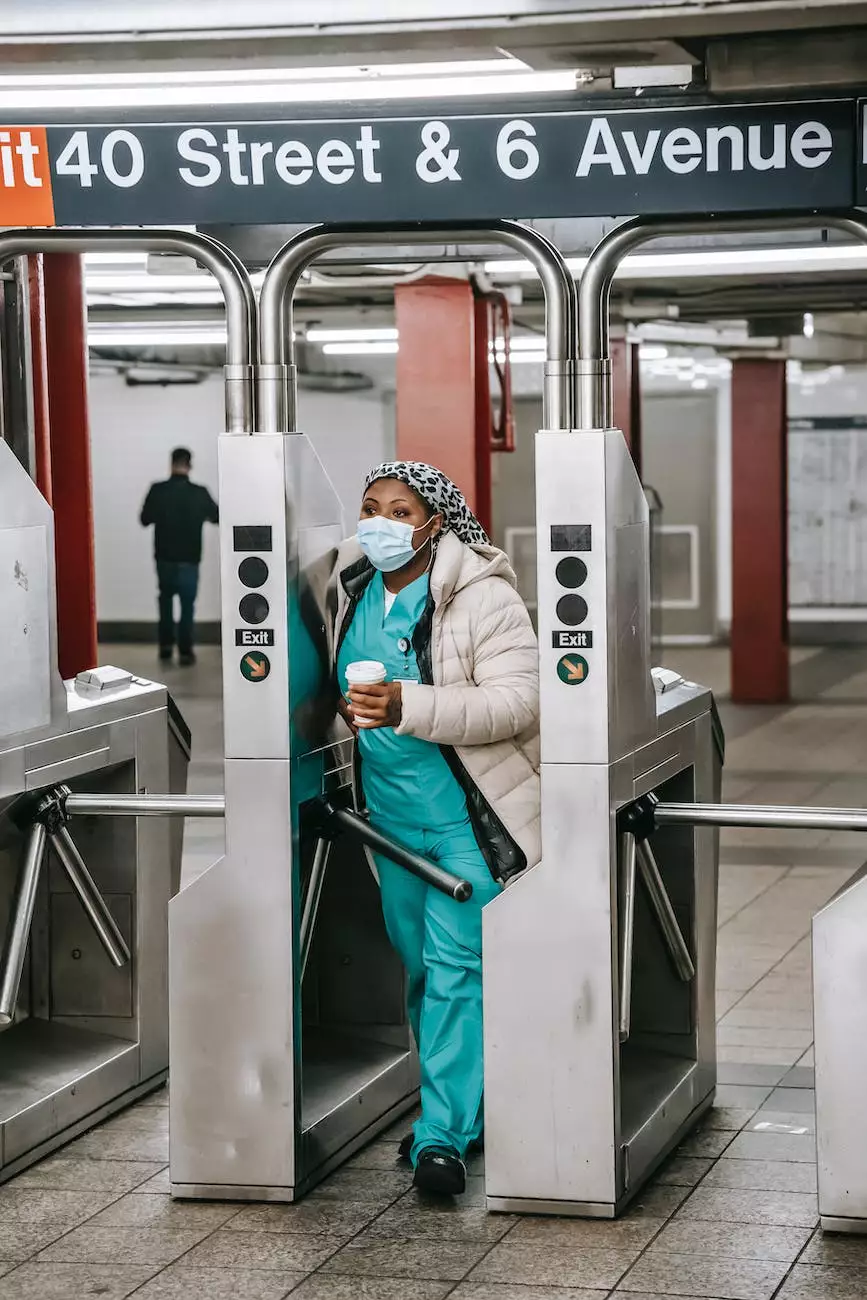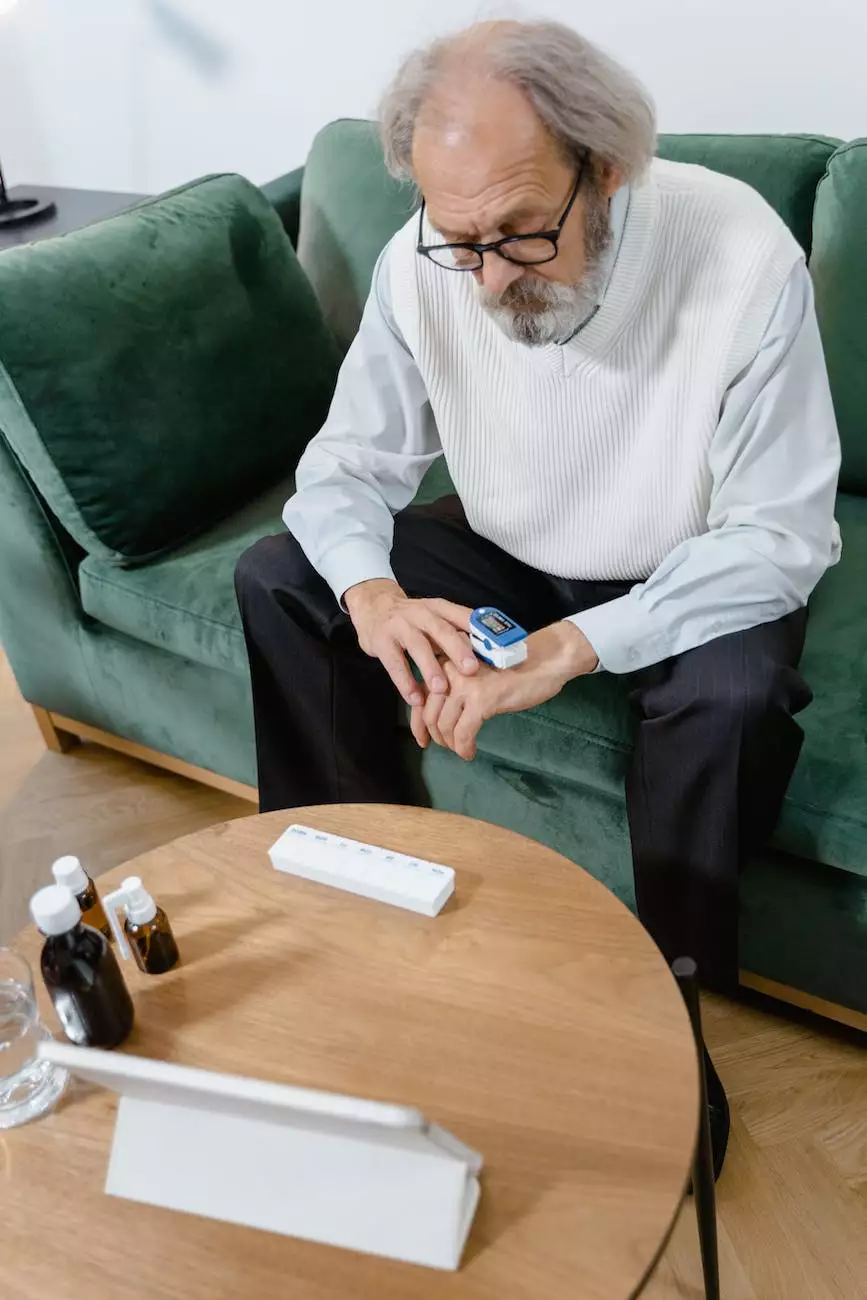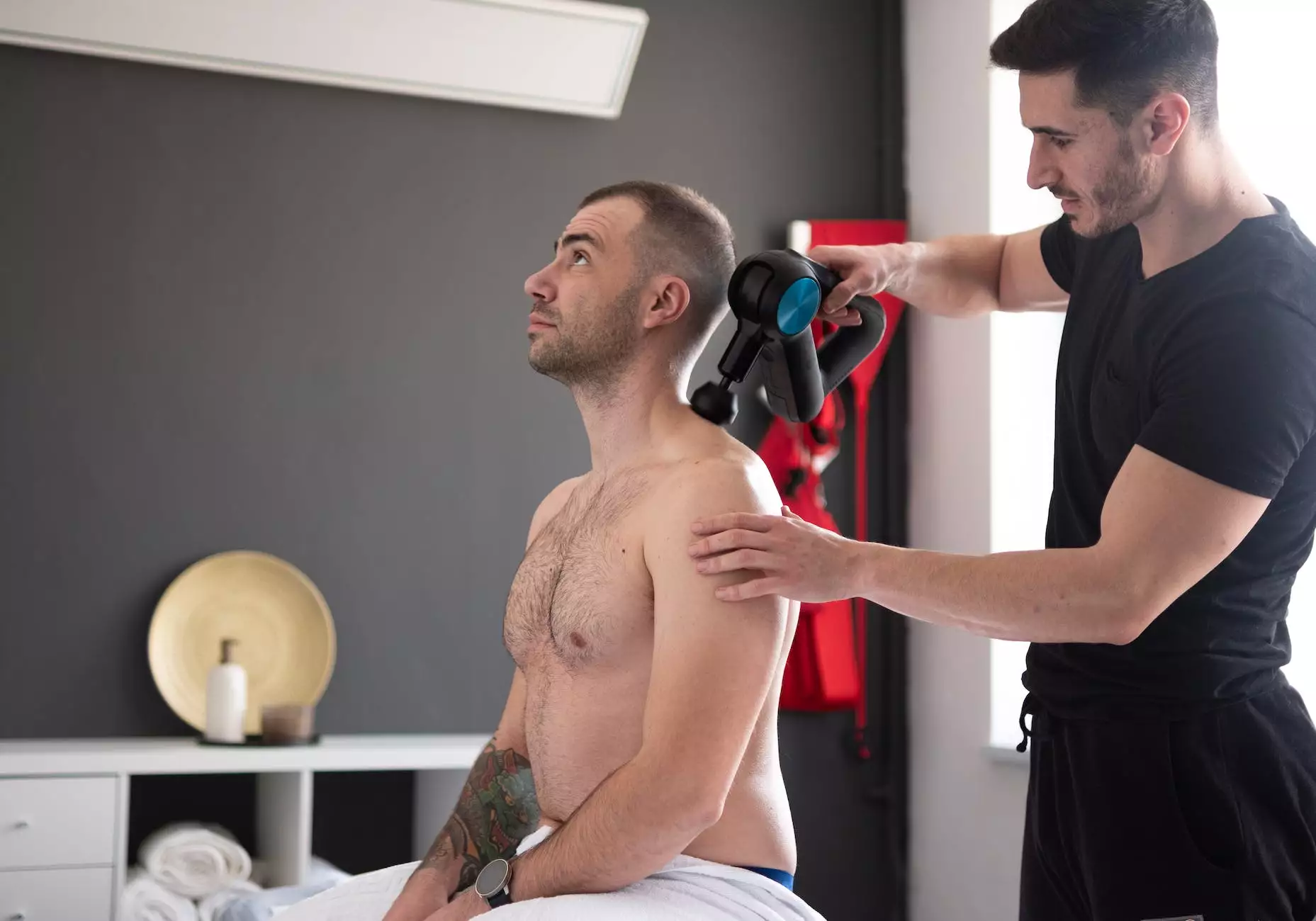Gastrojejunostomy (GJ) Tube Placement

Welcome to Foley James D MD, your trusted source for gastrojejunostomy (GJ) tube placement information. Our comprehensive guide will provide you with all the details you need to understand, prepare, and recover from this procedure.
What is Gastrojejunostomy (GJ) Tube Placement?
Gastrojejunostomy (GJ) tube placement is a medical procedure that involves the insertion of a tube into the stomach and the jejunum, which is the part of the small intestine. This procedure is typically performed to allow direct access to the jejunum for the purpose of feeding, medication administration, or decompression.
Why is Gastrojejunostomy Tube Placement Needed?
Gastrojejunostomy tube placement is recommended in various medical conditions where normal feeding or medication delivery through the oral route is not possible or adequate. Some of the reasons for GJ tube placement include:
- Malnutrition: GJ tube placement can help provide nutrition to individuals who are unable to consume adequate amounts of food orally, ensuring they receive the necessary nutrients.
- Dysphagia: Difficulty swallowing, also known as dysphagia, can make it challenging to consume enough calories and maintain proper nutrition. A GJ tube allows for direct delivery of nutrients to the jejunum, bypassing the swallowing process.
- Gastric Outlet Obstruction: GJ tube placement may be necessary when there is a blockage preventing food from passing through the stomach into the small intestine.
- Delayed Gastric Emptying: Individuals with delayed gastric emptying, also called gastroparesis, may benefit from GJ tube placement as it allows for direct feeding to the jejunum, bypassing the stomach.
The Gastrojejunostomy (GJ) Tube Placement Procedure
The GJ tube placement procedure typically involves the following steps:
- Anesthesia: Before the procedure, you will be given anesthesia to ensure you are comfortable and pain-free throughout the process. This can be general anesthesia or sedation, depending on your specific case and surgeon's recommendation.
- Tube Insertion: The surgeon will make a small incision in the abdominal area and carefully insert the GJ tube into the stomach. The tube will then be guided into the jejunum using imaging techniques such as fluoroscopy or endoscopy.
- Securing the Tube: Once the tube is in the correct position, it will be secured to the skin using sutures or adhesive dressings to prevent it from dislodging.
- Testing and Confirmation: After placement, the medical team will perform tests, such as X-rays or pH testing, to ensure the tube is in the right position and functioning properly.
Recovery and Aftercare
After the GJ tube placement procedure, it is important to follow your healthcare provider's instructions for proper care and maintenance of the tube. Here are some general guidelines:
- Tube Feeding: Depending on your specific needs, your healthcare provider will provide instructions on how to administer feedings through the GJ tube. It's essential to follow the prescribed schedule and avoid any blockages or complications.
- Cleaning and Dressing: Keep the area around the GJ tube clean and dry to prevent infection. Your healthcare provider will guide you on how to clean and dress the site properly.
- Monitoring and Maintenance: Regular check-ups with your healthcare provider are crucial to monitor the tube's function and address any concerns or complications promptly.
- Lifestyle Modifications: Your healthcare provider may recommend specific dietary changes or adjustments to your daily routine to optimize your overall well-being and ensure the success of the GJ tube placement.
Potential Risks and Complications
While GJ tube placement is generally a safe and effective procedure, there are potential risks and complications associated with it. These may include:
- Infection: The insertion site can become infected if proper care and hygiene are not maintained.
- Tube Dislodgement: The GJ tube may inadvertently come out or move from its intended position, requiring immediate medical attention.
- Blockage or Leakage: Occasionally, the GJ tube may become clogged or start leaking, which can disrupt the feeding process and necessitate intervention.
- Perforation or Bleeding: In rare cases, there may be a risk of injury to the surrounding tissues during the procedure.
FAQs About Gastrojejunostomy (GJ) Tube Placement
Q: How long will the GJ tube stay in place?
The duration of GJ tube placement varies depending on the specific needs and medical condition of the individual. It may be temporary or permanent, and your healthcare provider will guide you on the appropriate timeframe.
Q: Is GJ tube placement a painful procedure?
The procedure is performed under anesthesia, so you should not feel any pain during the placement itself. Some discomfort or mild soreness may be experienced during the recovery period.
Q: Can I resume my normal activities with a GJ tube?
With proper care and guidance from your healthcare provider, you can still participate in many of your daily activities. However, certain activities that may put excessive strain or pressure on the GJ tube should be avoided or modified.
Q: Are there any dietary restrictions with a GJ tube?
Your healthcare provider will provide specific dietary guidelines based on your individual needs, taking into consideration factors like digestion, nutrition, and any underlying medical conditions. It's essential to follow these recommendations to ensure optimal nutrition and overall health.
A Trusted Medical Professional for Gastrojejunostomy (GJ) Tube Placement
Foley James D MD is a leading healthcare provider specializing in gastrojejunostomy (GJ) tube placement and other gastroenterology procedures. With years of experience and a patient-centric approach, we prioritize your well-being and strive to provide the highest quality care.
If you have any questions or would like to schedule a consultation regarding GJ tube placement, please contact Foley James D MD today. Our dedicated team is here to assist you every step of the way on your journey to improved health.









